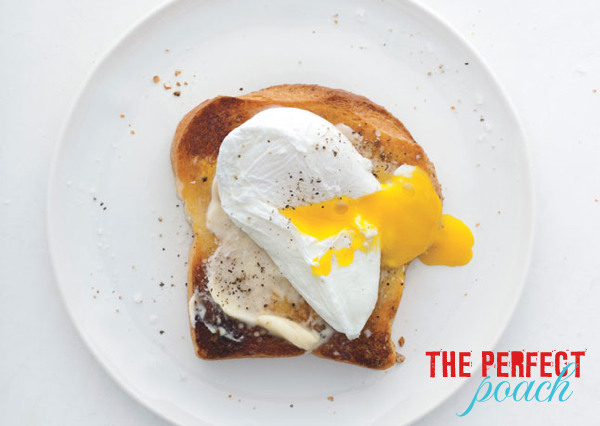
Does anyone remember when the only choice of salt available was Morton's plain or iodized? Home cooking (and cooks) have come along way since then, and the market for gourmet goods reflects that. Now you can choose between table, kosher, or sea salt at the very minimum, not to mention the myriad of flavored and infused salts that currently flood the shelves. It can all be a little overwhelming if you ask me.
I only keep a minimal stash around, and that's how I prefer it. I have received some pretty "out there" salt as gifts— including bourbon salt and bacon salt—that I have no clue how to use. That said, I have learned a few important tips about salt over the years. Here is what you definitely need to know:
1. Which salt when: With what seems like hundreds of options to choose from, here are the three salts I always have on hand.
Kosher salt is a large-grained, flaky salt that is mild in flavor and additive-free. Like most enthusiastic cooks, I use it almost exclusively for my day-to-day cooking. Its larger texture makes it easy to pinch and allows it to better adhere to food.
Table salt has a finer grain than kosher and is quite often fortified with iodine, which can leave a bitter taste. The only time I use table salt is in baking and dessert recipes, since its smaller size allows it to absorb more easily into batters and doughs.
Sea salt (or Fleur de Sel), like kosher salt, has thin, flaky layers but a more intense salty taste. I use it as finisher on salads, pasta, and meats, when the appearance of the flakes—in addition to their flavor—enhances the end result.
2. Season as you go: Most recipes call only for salt and pepper at the very end, which seasons the surface of the dish but not the individual components within. For the most balanced flavor, it is imperative to salt layer by layer, beginning to the very end.
Say you're making a stew: you will need to salt the meat before searing, the vegetables while sauteing, and the liquids once combined. By the time the stew is finished cooking, all that's left to do is adjust the final seasonings to taste. Since the layers of the dish have already been salted, you shouldn't need to overcompensate in the end.
3. Trust your taste: To best season a dish, let your instinct be your guide. The purpose of salt is to bring out the flavors of a dish, not to overpower them. In fact you shouldn't even know the salt is there. It may sound scary at first, but it just takes a little bit of practice.
Once you learn how how much salt and when, you'll never have to be married to a recipe again. Start with a little at a time—you can always add more but you can't take it back. And always sprinkle salt from high above, about a foot, so that it disperses evenly as opposed to landing in a concentrated spot. (A wise tip from Mr. Keller himself.)
...
I used to be chained to recipes, but learning to trust myself is really what opened my door as a cook. And after working in restaurants and alongside a few chefs, I am a zealous, if not overconfident, seasoner. Plenty of salt (in addition to quality ingredients) really does make the difference from good to great!
Now what about you? Any great tips or secrets for using salt that you'd like to share?
Image source: Gawker
 Simple is best. When it comes to cooking that is usually the case, however behind every great chef lies a few well-kept secrets. Thankfully, I love nothing more than uncovering their hidden gems. I am constantly tampering with obscure ingredients from sometimes-shady internet sources. (Like, there may or may not be contraband vanilla extract in my pantry that arrived in an unmarked envelope from the depths of Mexico...)
Simple is best. When it comes to cooking that is usually the case, however behind every great chef lies a few well-kept secrets. Thankfully, I love nothing more than uncovering their hidden gems. I am constantly tampering with obscure ingredients from sometimes-shady internet sources. (Like, there may or may not be contraband vanilla extract in my pantry that arrived in an unmarked envelope from the depths of Mexico...)



